When it comes to hamstring training, the lying leg curl machine is often considered the go-to exercise for isolating those muscles. However, not everyone has access to a gym with this piece of equipment, and some may find it uncomfortable or simply want to mix up their routine. If you're looking for effective lying leg curl alternatives, you're in the right place. In this article, we’ll explore a variety of exercises that can target your hamstrings without the need for the lying leg curl machine, providing more versatility to your workout.
1. Romanian Deadlift
The Romanian deadlift (RDL) is a compound movement that works your hamstrings, glutes, and lower back. Unlike conventional deadlifts, the RDL focuses more on the posterior chain, making it a perfect alternative to the lying leg curl.
How to Perform:
- Stand with your feet hip-width apart, holding a barbell or dumbbells in front of your thighs.
- With a slight bend in your knees, push your hips back, lowering the weight along your legs while keeping your back straight.
- Stop when your torso is parallel to the floor, then squeeze your glutes and hamstrings to return to the starting position.
Benefits:
- Targets the hamstrings, glutes, and lower back.
- Improves posterior chain strength and flexibility.
- Can be done with dumbbells or a barbell, making it versatile for home or gym workouts.
2. Nordic Hamstring Curl
The Nordic hamstring curl is one of the most effective exercises for building hamstring strength and preventing injury. It’s an advanced move that requires a partner or an anchored position to hold your legs in place.
How to Perform:
- Kneel on a soft surface with your ankles secured (either under a sturdy object or with the help of a partner).
- Slowly lower your body forward, keeping your torso and knees in a straight line, as you engage your hamstrings to control the descent.
- Once you can’t control the movement anymore, catch yourself with your hands and push yourself back up to the starting position.
Benefits:
- Highly effective for building hamstring strength.
- Engages the entire hamstring muscle group.
- Can help prevent hamstring injuries in athletes and fitness enthusiasts.
3. Stiff-Legged Deadlift
Similar to the Romanian deadlift, the stiff-legged deadlift emphasizes the hamstrings and glutes but with even less bend in the knees. This makes it a great alternative to the lying leg curl, as it isolates the hamstrings even more.
How to Perform:
- Stand with your feet shoulder-width apart and hold a barbell or dumbbells in front of your thighs.
- Keeping your legs stiff (minimal knee bend), hinge at the hips to lower the weight toward the ground.
- Keep your back flat throughout the movement.
- Return to the starting position by driving your hips forward.
Benefits:
- Great for isolating the hamstrings.
- Can be done with different types of weights (dumbbells, kettlebells, or barbells).
- Helps improve overall strength in the posterior chain.
4. Glute-Ham Raise
The glute-ham raise is another fantastic alternative that combines both hamstring and glute activation. It’s typically done on a glute-ham developer (GHD) machine but can also be performed on a stability ball with some adjustments.
How to Perform:
- If using a GHD machine, secure your feet and set your thighs against the pad.
- Start by lowering your torso toward the ground while keeping your body straight from head to toe.
- Engage your hamstrings and glutes to raise your torso back to the starting position.
Benefits:
- Targets both the hamstrings and glutes.
- Improves lower back strength and stability.
- Engages multiple muscle groups for a more comprehensive lower body workout.
5. Single-Leg Deadlift
The single-leg deadlift is a unilateral exercise that forces each hamstring to work independently, making it a great choice for correcting muscle imbalances and improving stability.
How to Perform:
- Stand on one leg, holding a dumbbell or kettlebell in the opposite hand.
- Keeping your standing leg slightly bent, hinge at the hips to lower the weight towards the floor.
- Keep your back flat and your core engaged as you return to standing.
- Switch legs after completing the set.
Benefits:
- Strengthens the hamstrings and glutes while improving balance and stability.
- Helps fix muscle imbalances between the legs.
- Ideal for those with limited equipment.
6. Box Squats (Hamstring Focused)
While squats primarily target the quads, you can modify them to emphasize the hamstrings. Box squats, in particular, allow you to focus more on the posterior chain.
How to Perform:
- Set up a box or bench behind you, with your feet shoulder-width apart.
- Lower yourself into a squat, but instead of going all the way down, sit back onto the box, making sure your knees don’t go too far forward.
- Push through your heels to return to standing.
Benefits:
- Targets the hamstrings and glutes more effectively than traditional squats.
- Improves squat depth and form.
- Provides a great alternative for beginners who need guidance on squat technique.
7. Hamstring Curls with Stability Ball
This exercise is a great alternative for those who prefer a bodyweight option. It requires just a stability ball, making it a perfect choice for home gyms.
How to Perform:
- Lie on your back with your feet on top of a stability ball and your arms by your sides for support.
- Lift your hips off the ground to form a straight line from your shoulders to your feet.
- Curl the ball toward your glutes by bending your knees and driving your hips upward.
- Slowly return to the starting position.
Benefits:
- Targets the hamstrings with minimal equipment.
- Engages your core and glutes simultaneously.
- Great for beginners and intermediate trainers.
8. Good Mornings
Good mornings are another compound movement that activates the hamstrings, glutes, and lower back. This movement is great for improving overall posterior chain strength.
How to Perform:
- Stand with your feet hip-width apart, holding a barbell across your upper back.
- With a slight bend in your knees, hinge at the hips to lower your torso, keeping your back flat and chest up.
- Once your torso is parallel to the ground, reverse the motion and return to standing.
Benefits:
- Strengthens the hamstrings and lower back.
- Improves hip hinge movement, which translates to better performance in other lifts.
- Can be done with barbells, dumbbells, or kettlebells.
Conclusion
While the lying leg curl machine is undoubtedly effective for hamstring isolation, these alternatives provide excellent options for anyone looking to mix up their leg day routine or those without access to specific gym equipment. From Romanian deadlifts to Nordic hamstring curls, each exercise offers unique benefits that will help you build strong, well-rounded hamstrings. Incorporating a variety of these movements into your routine can help you avoid plateaus and achieve more balanced lower-body strength. Try a few of these alternatives and see which ones work best for you!

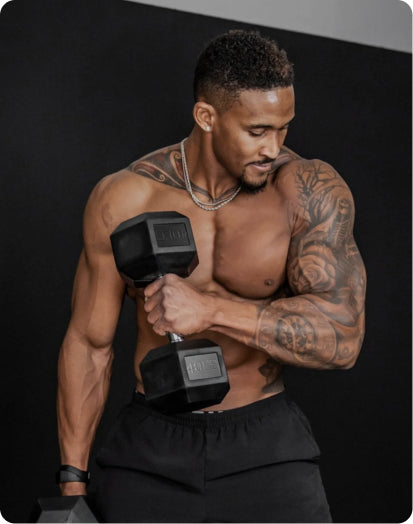
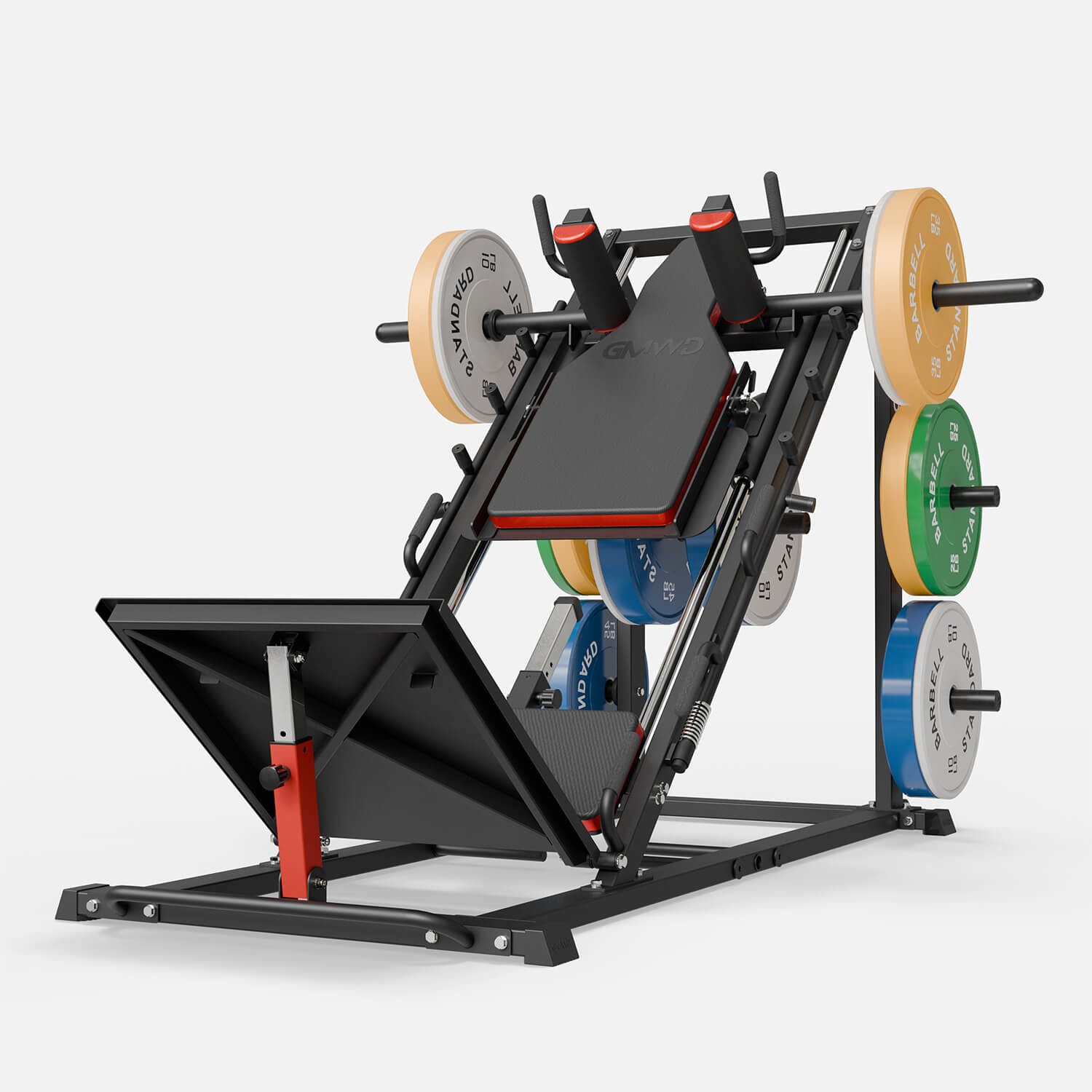
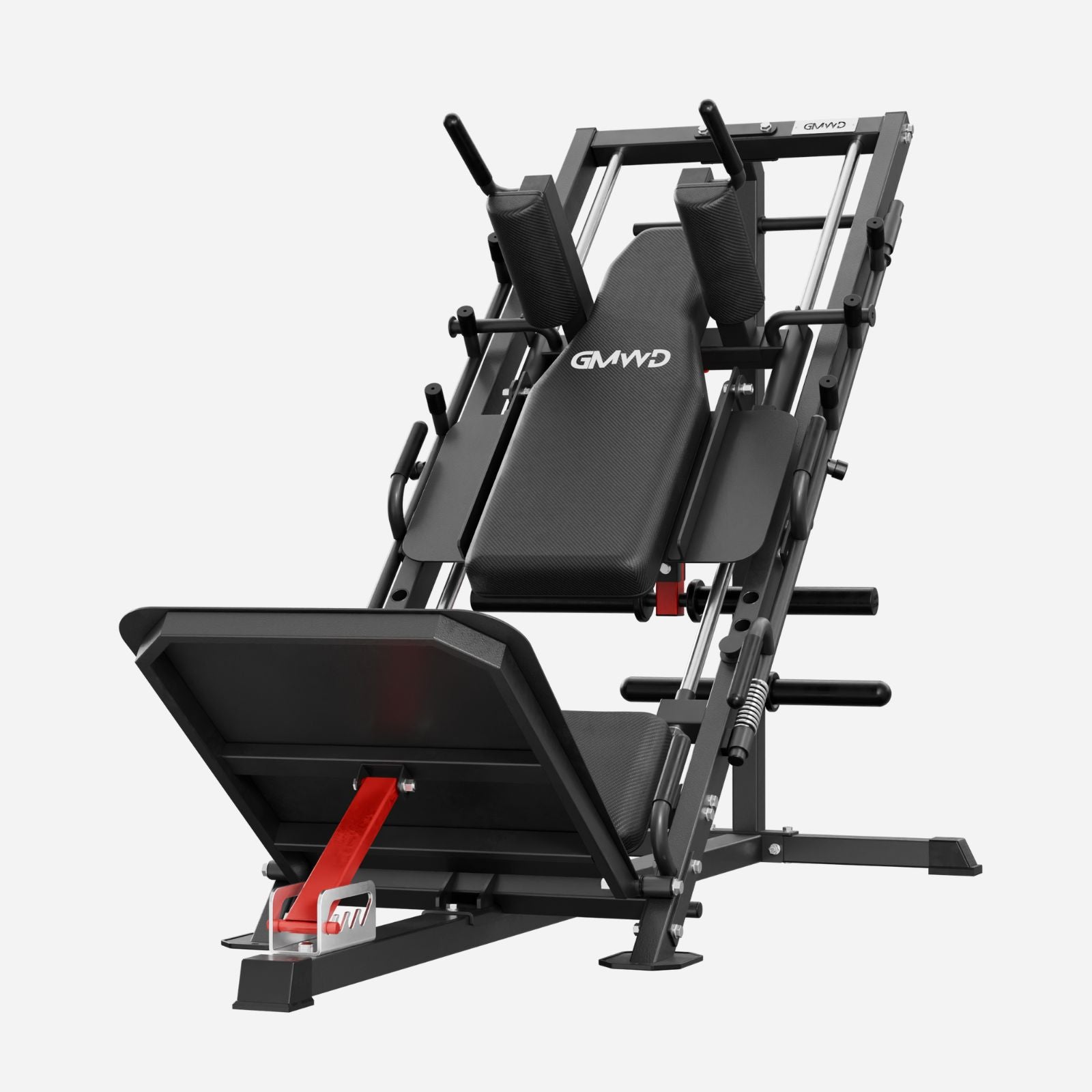

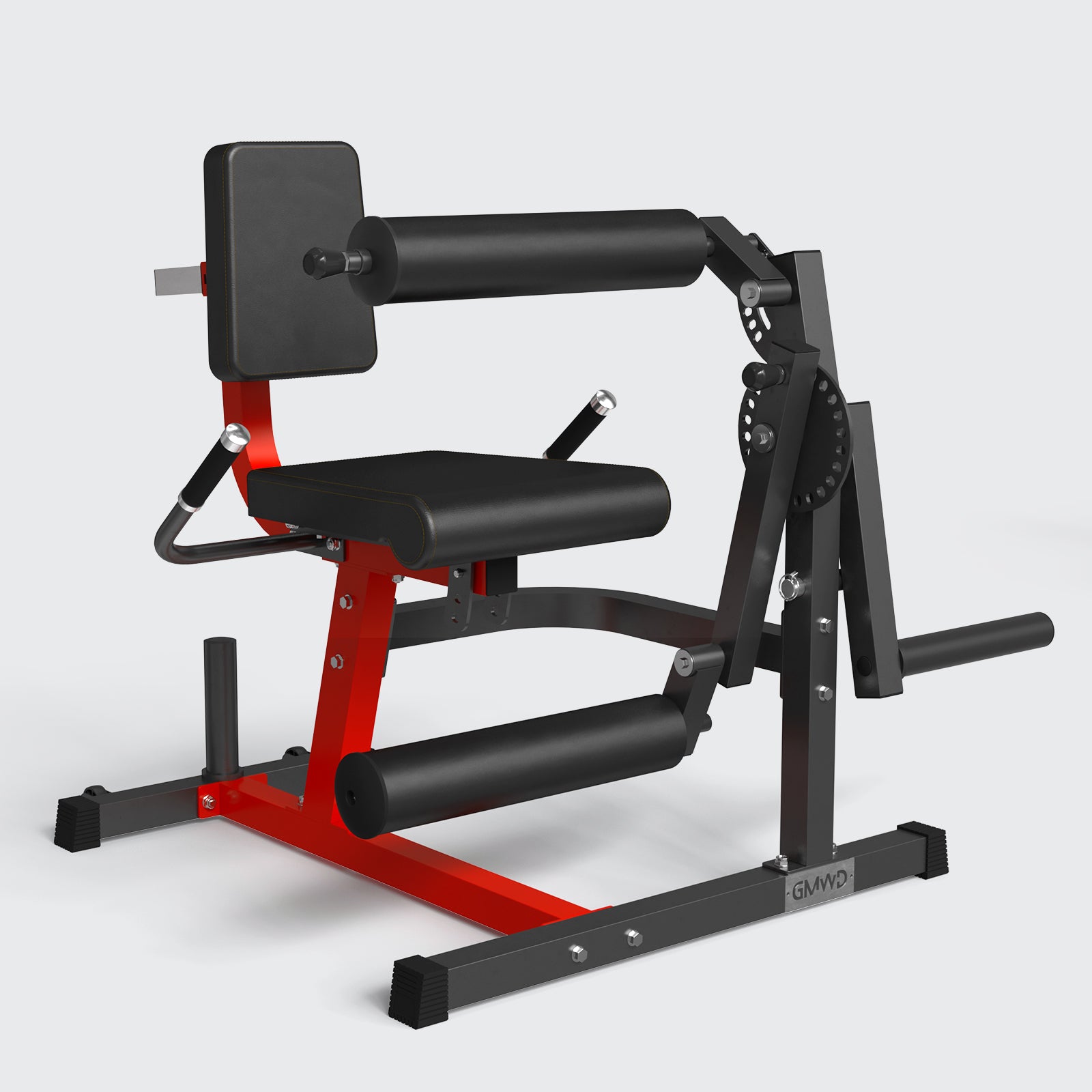
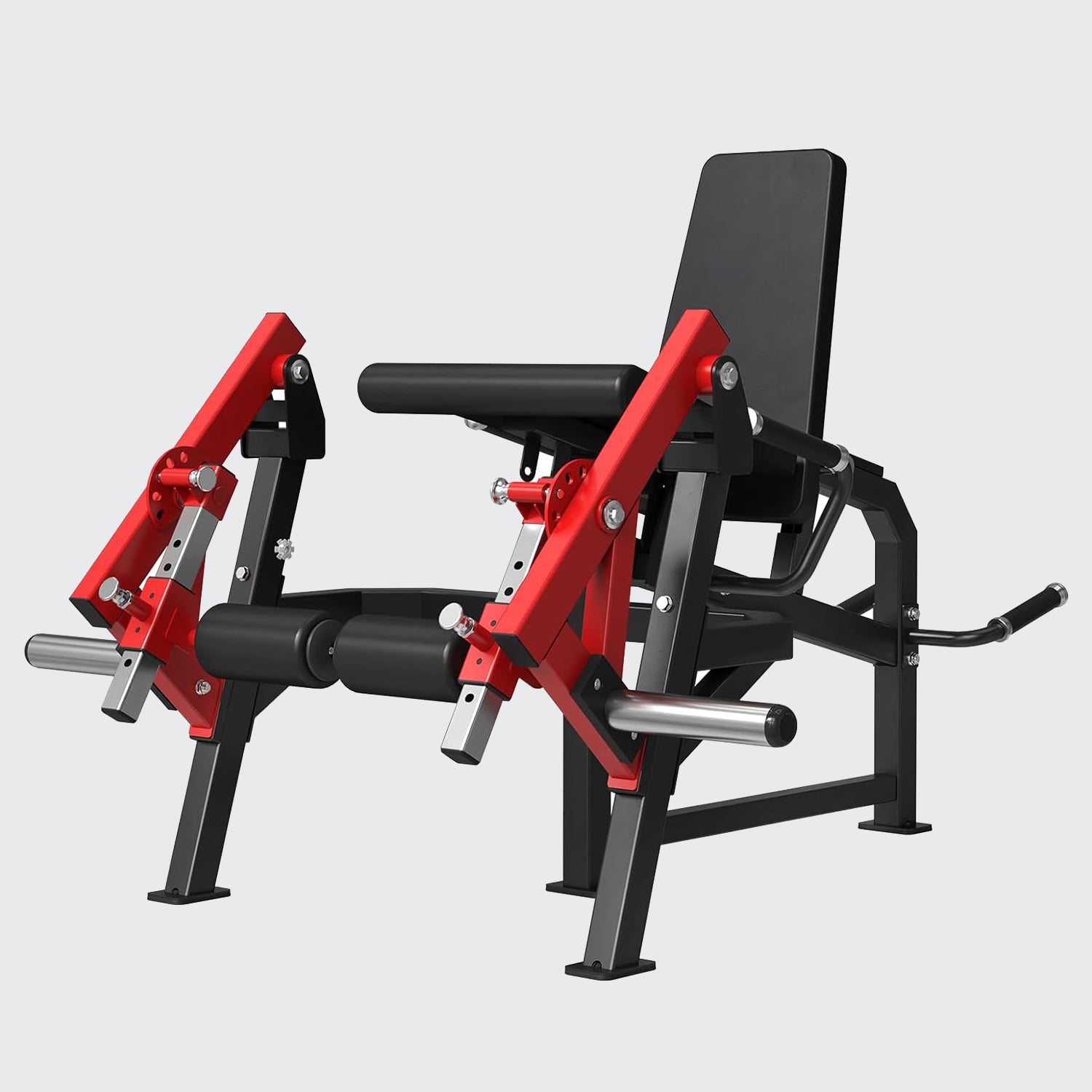
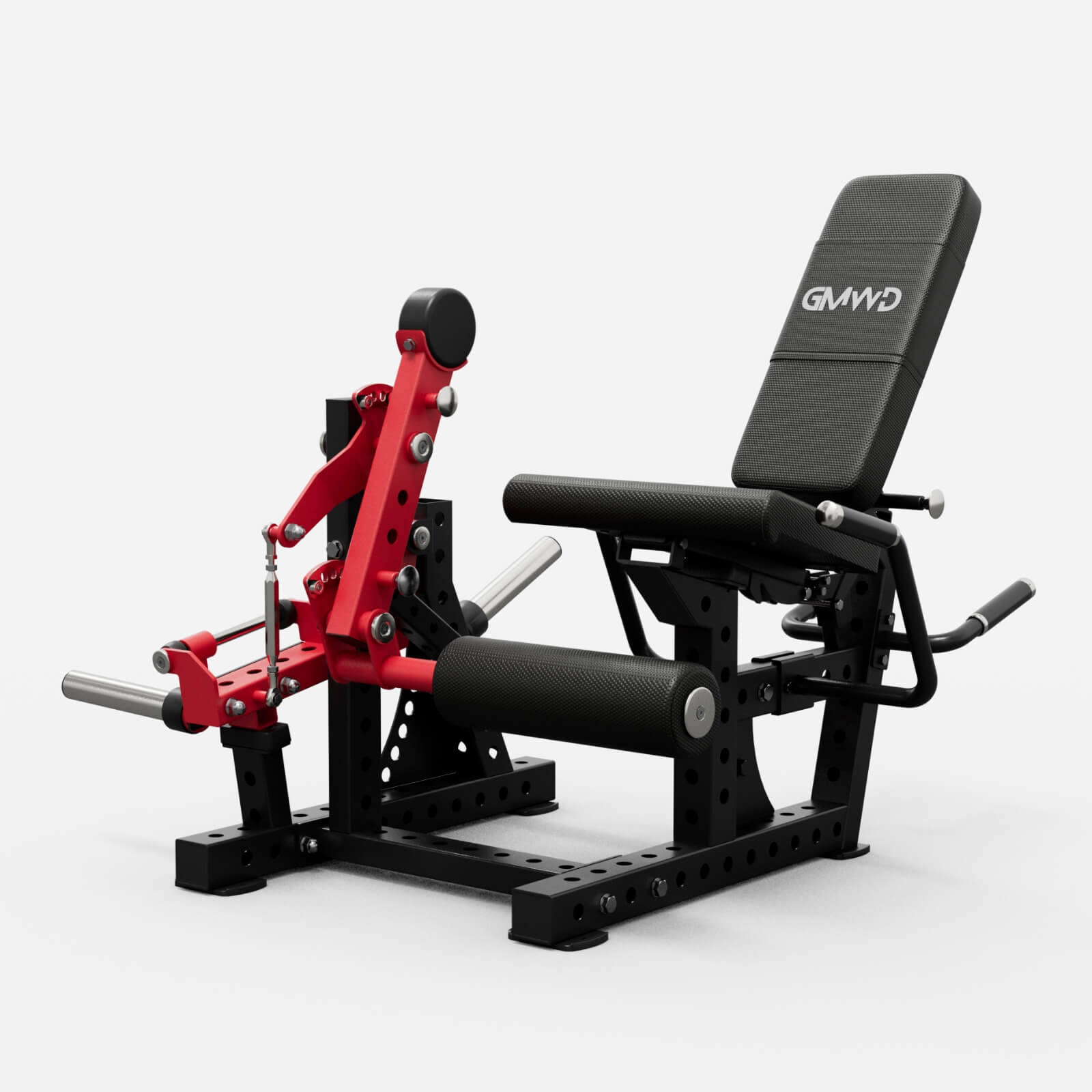
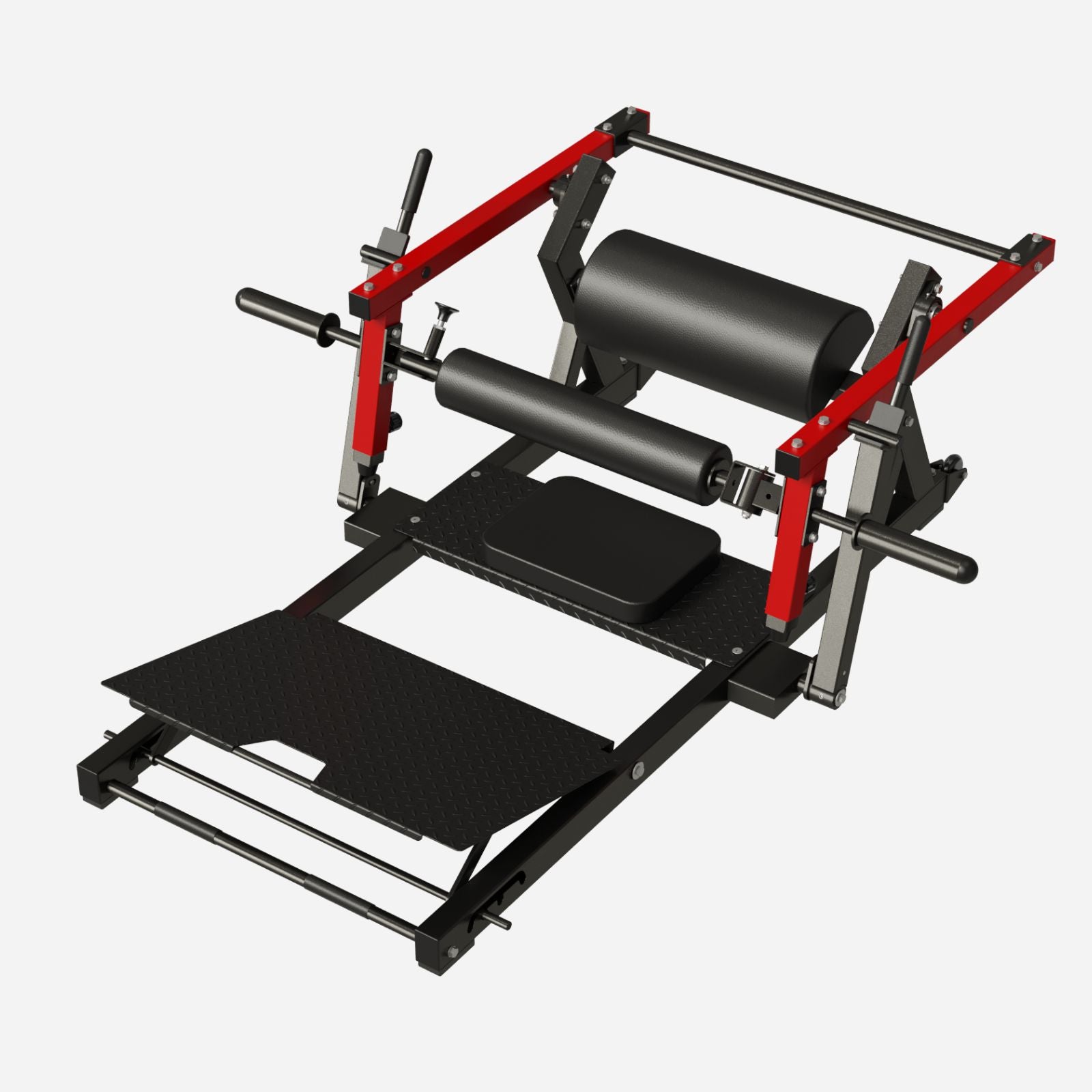

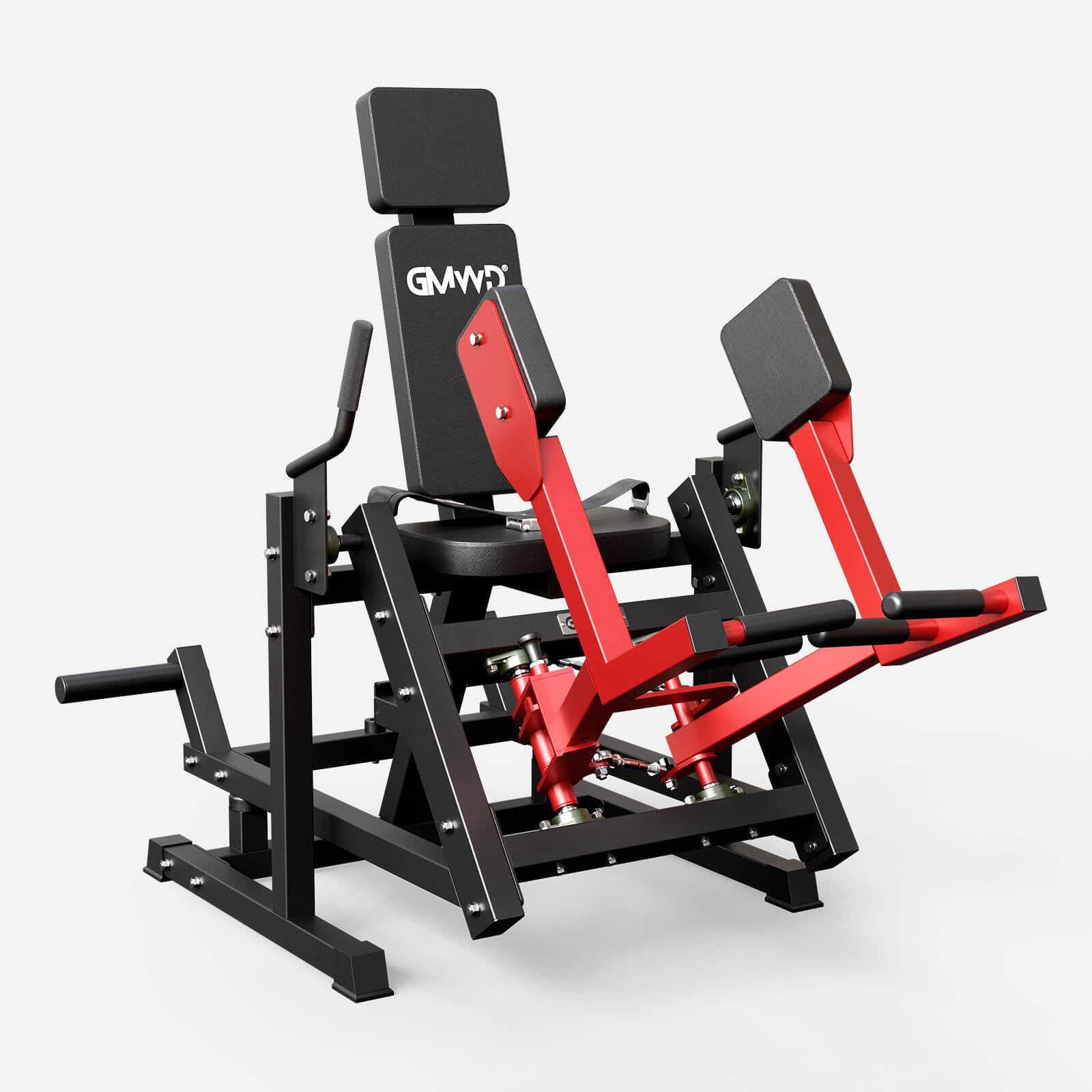
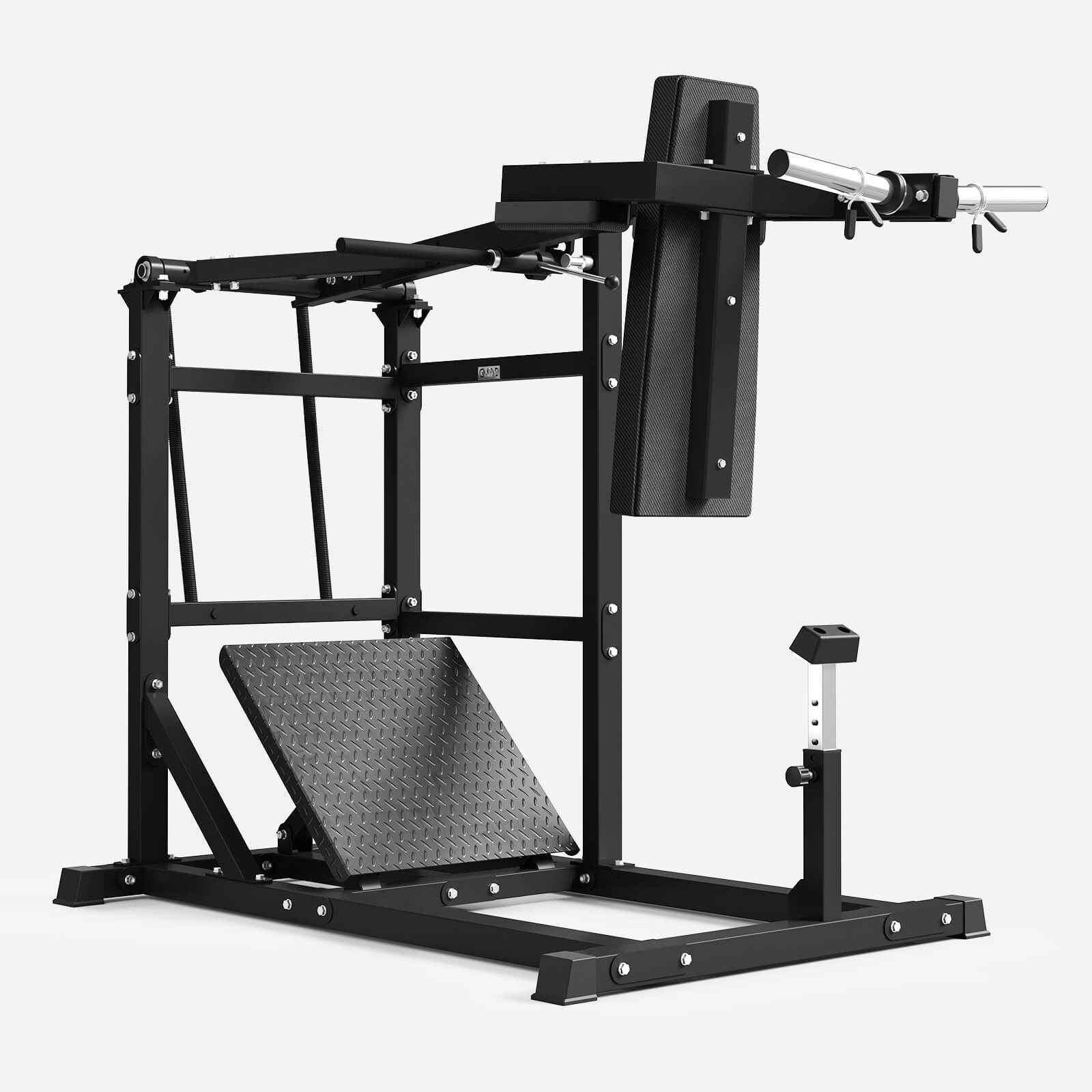
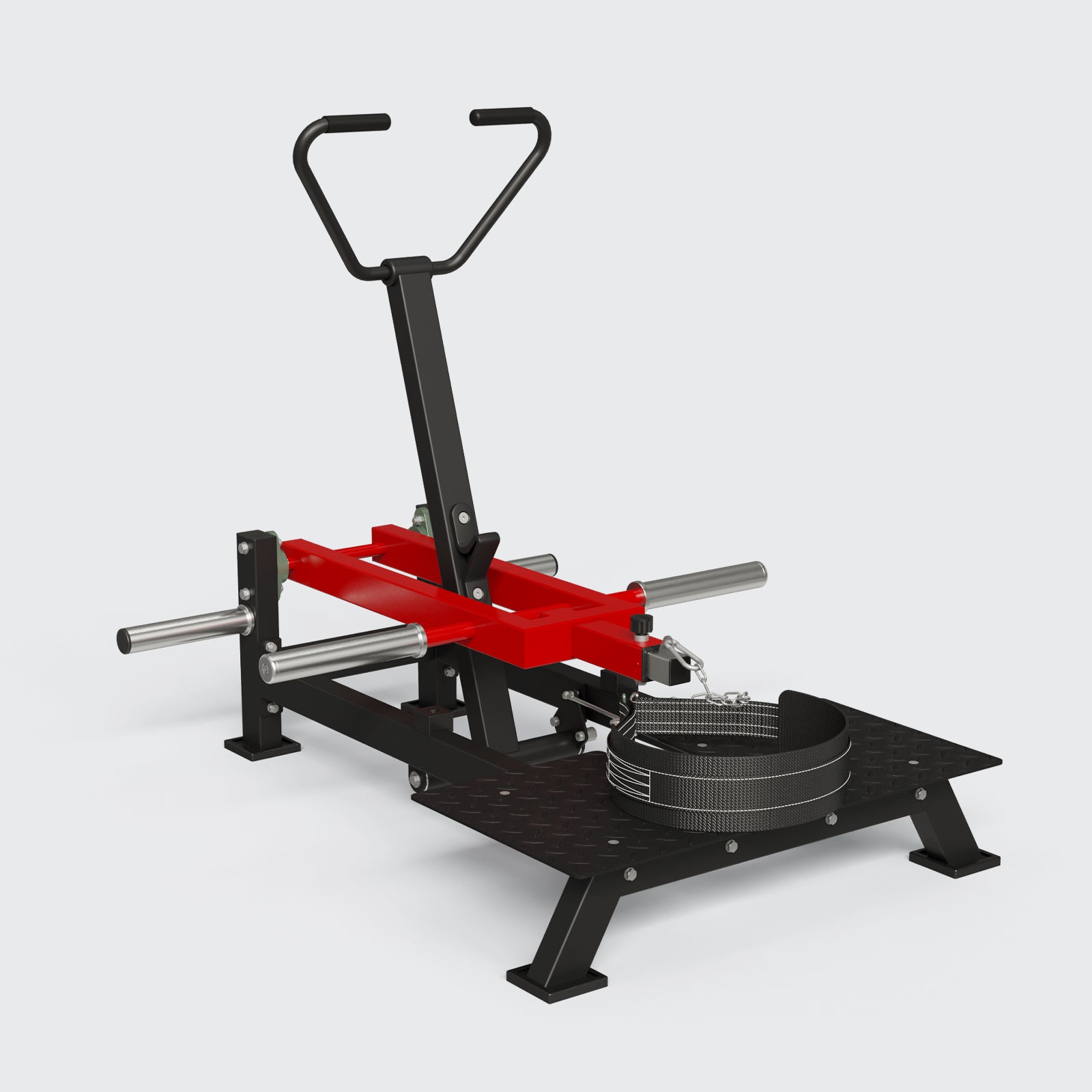
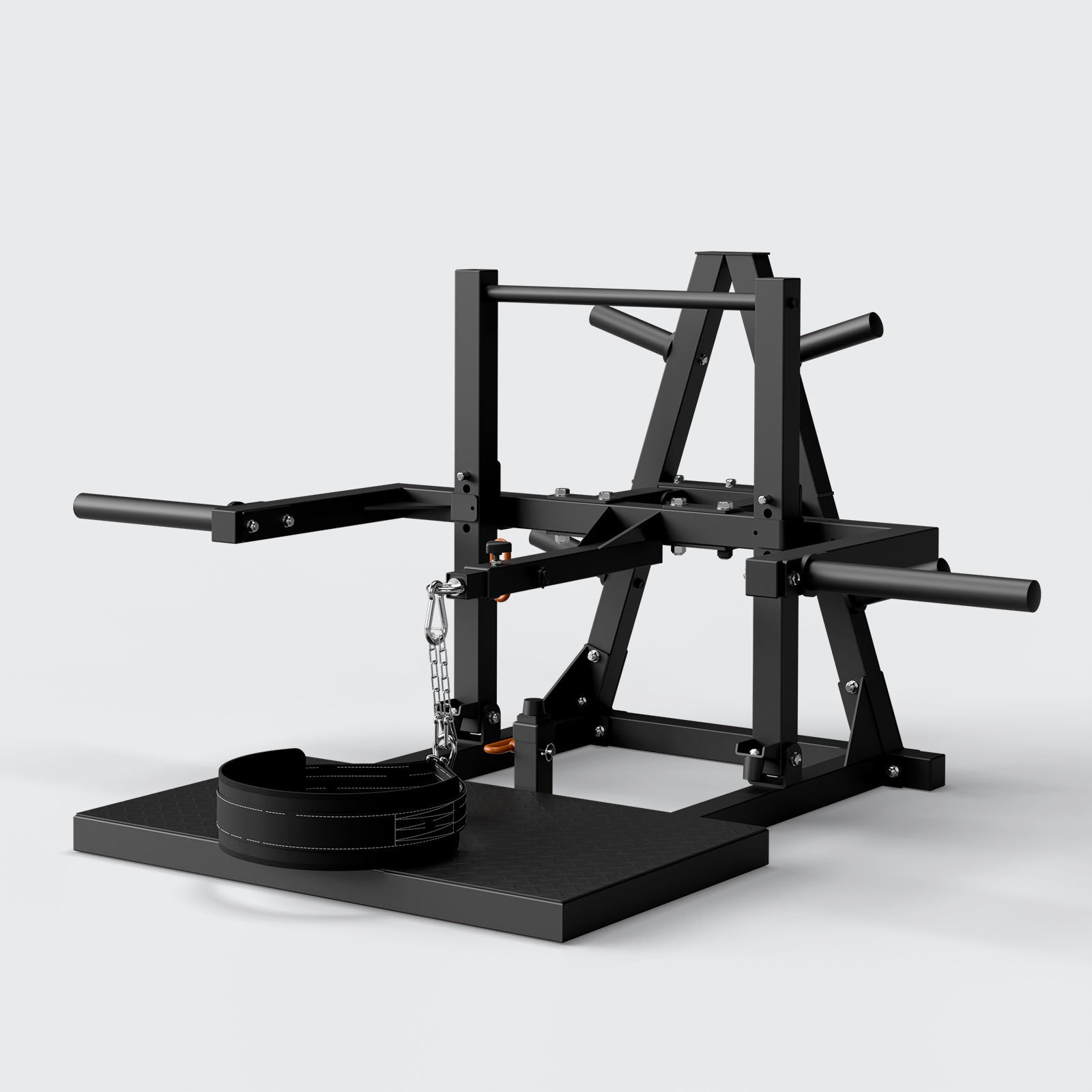

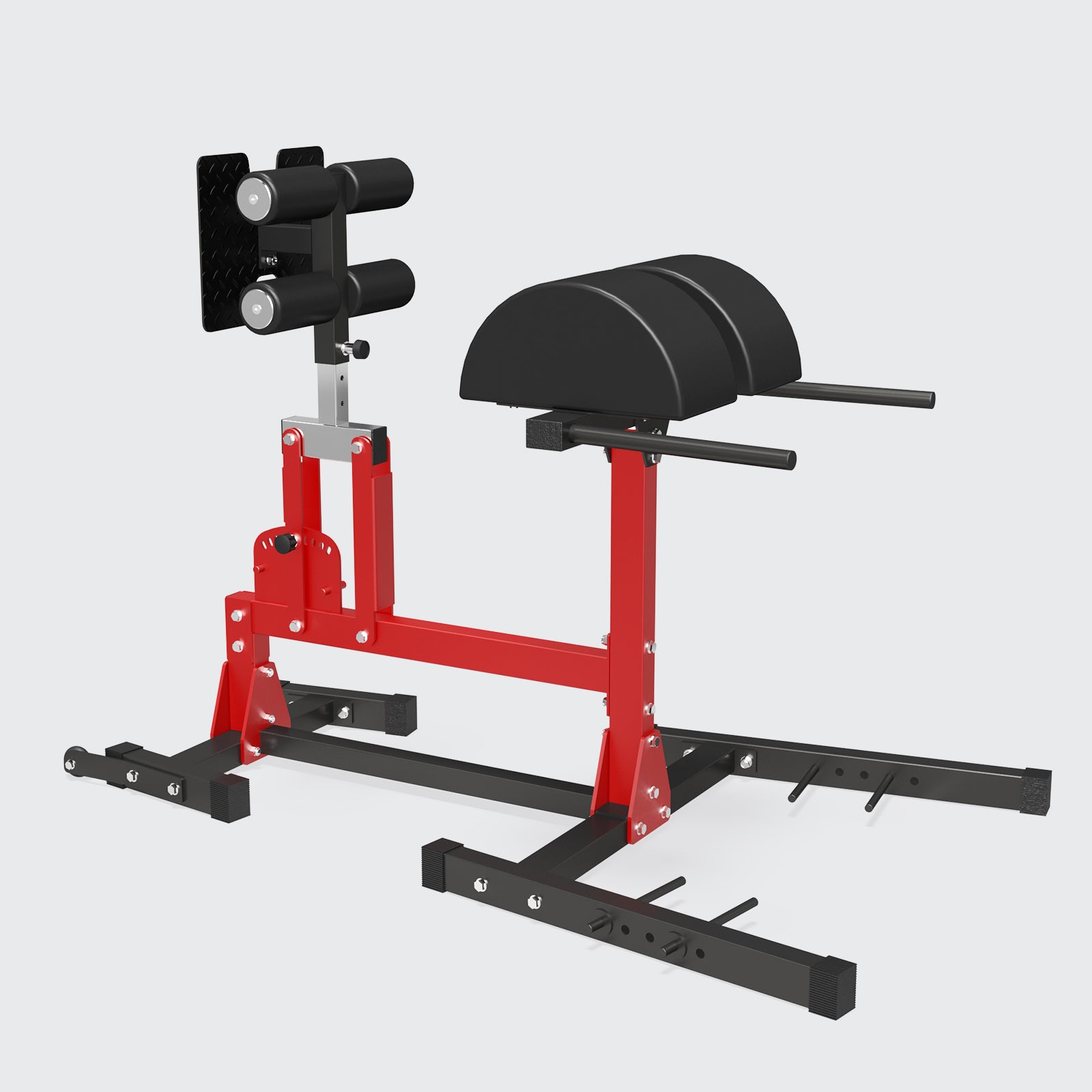
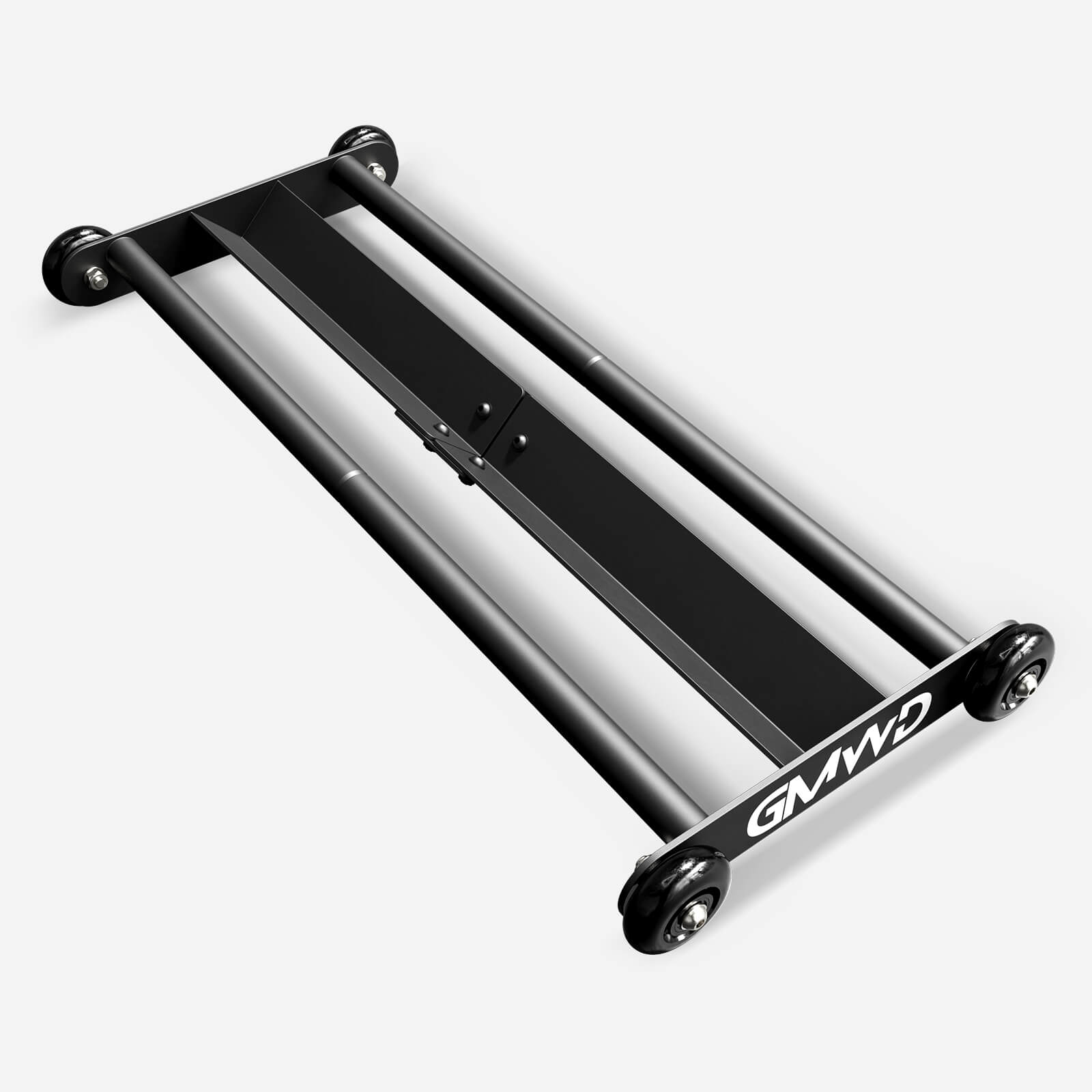
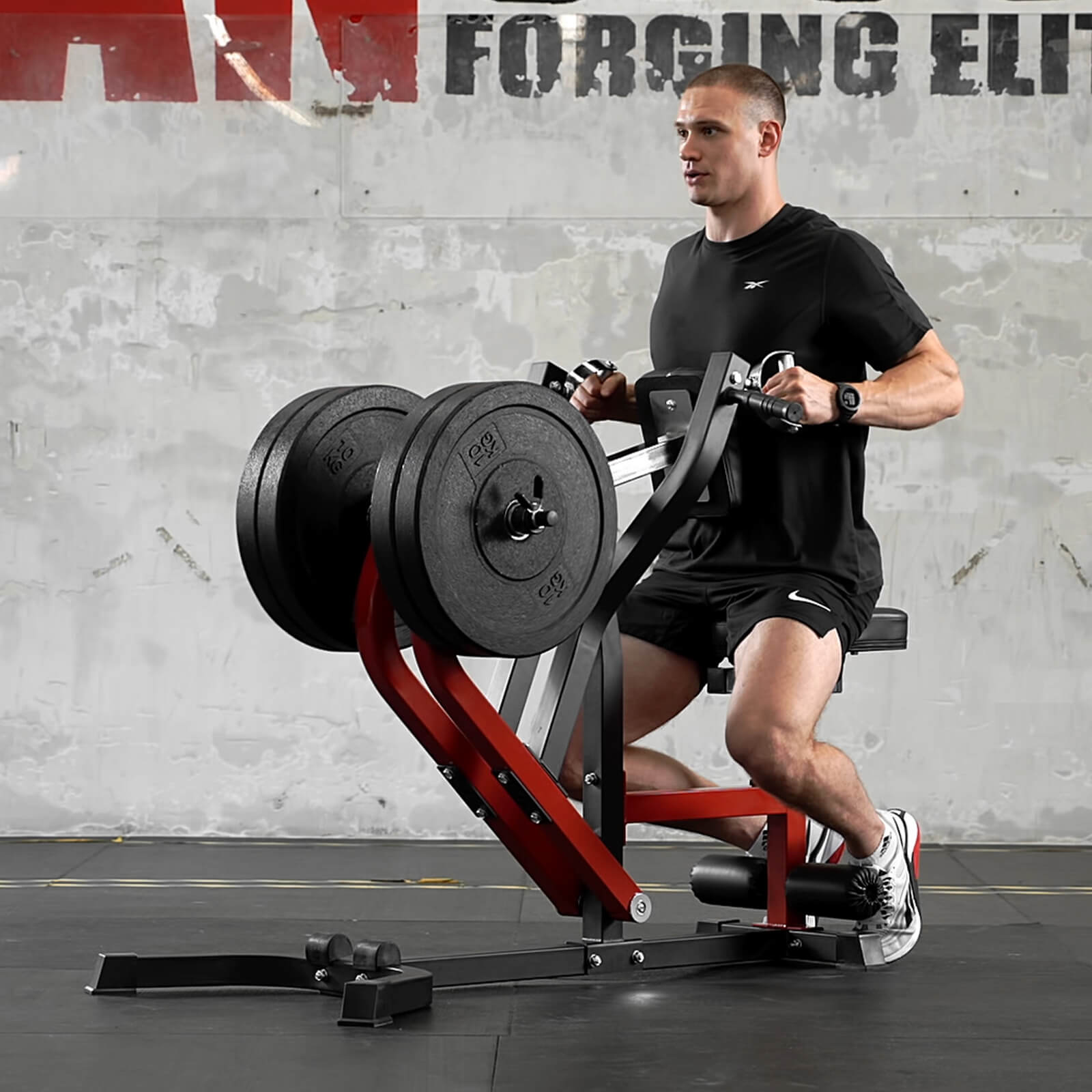
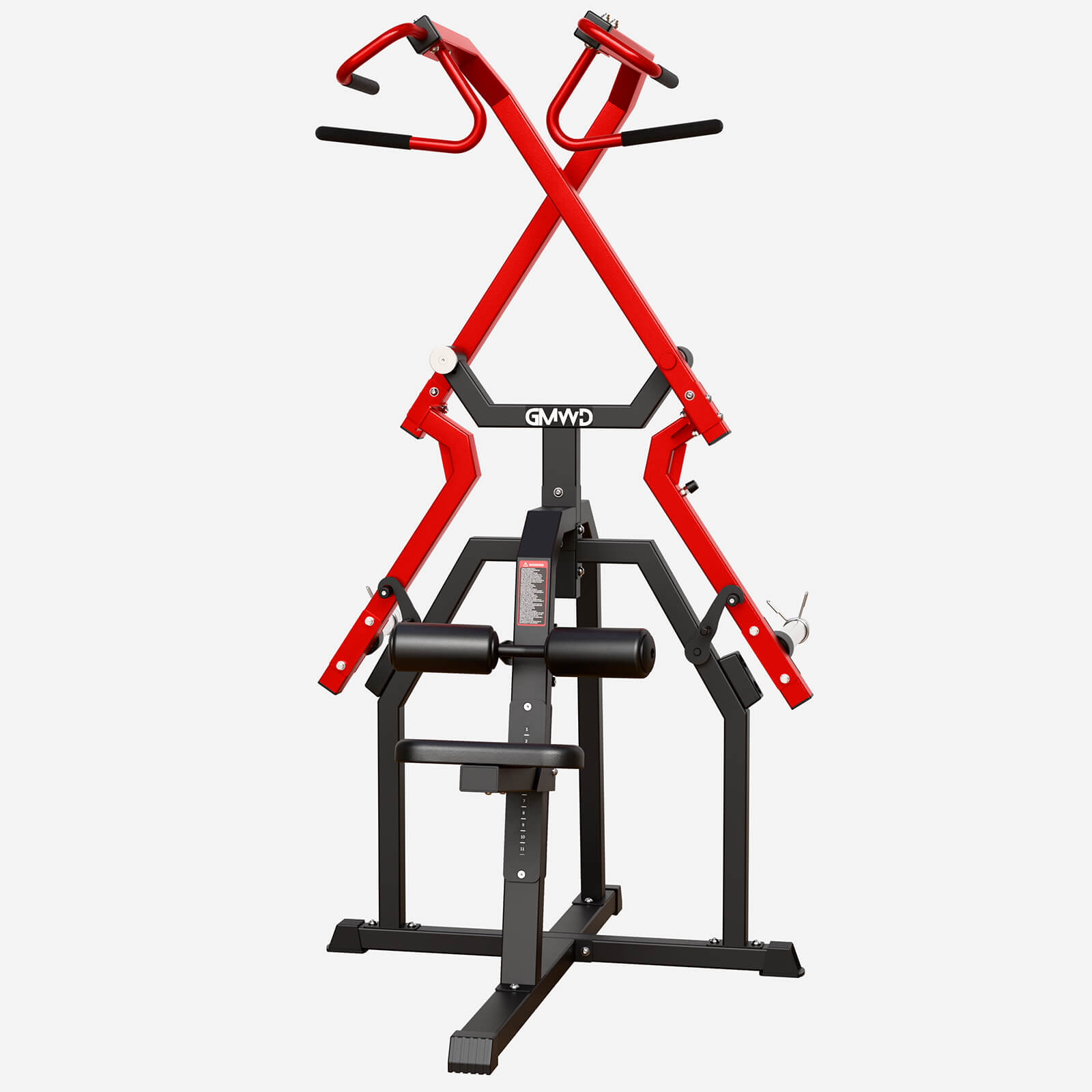
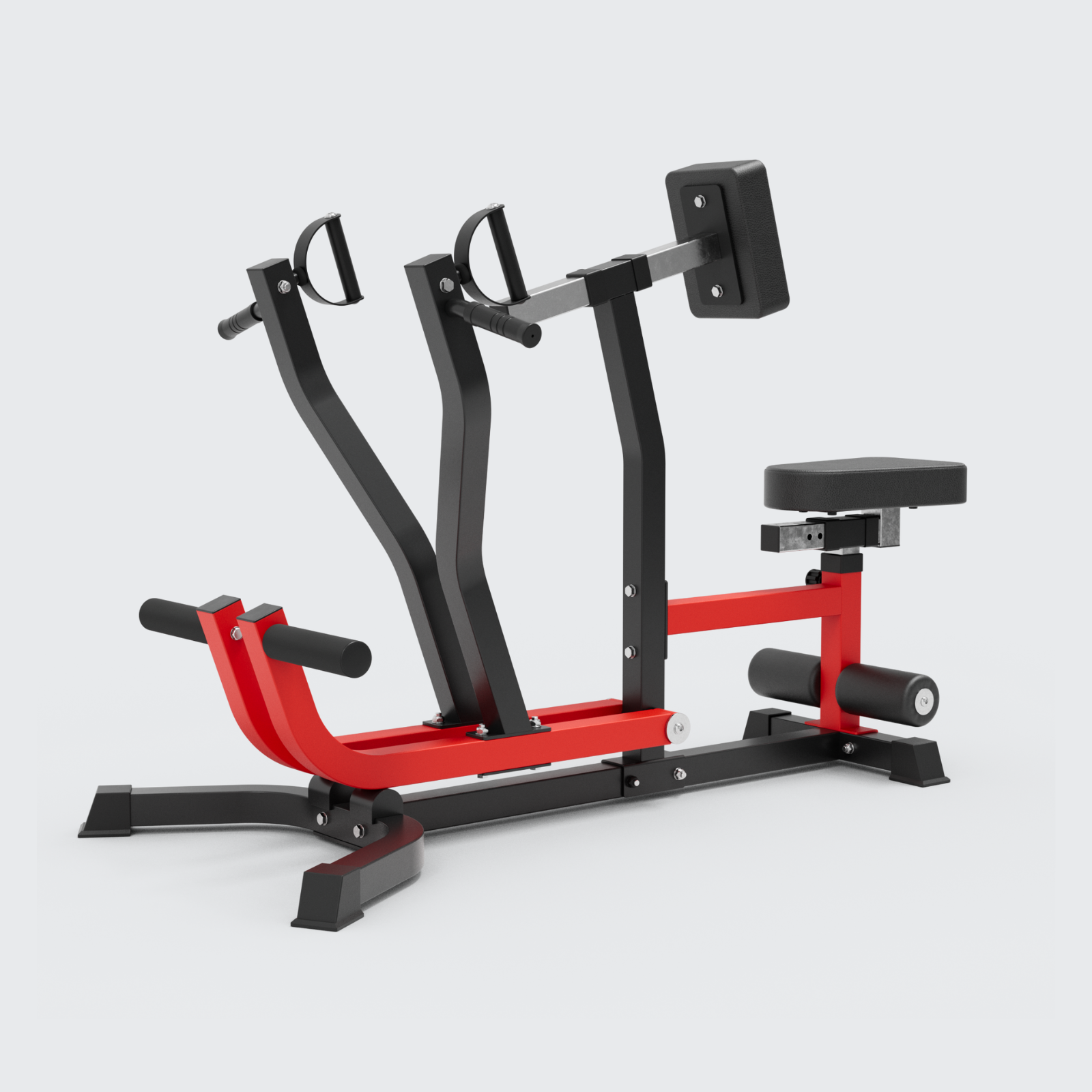
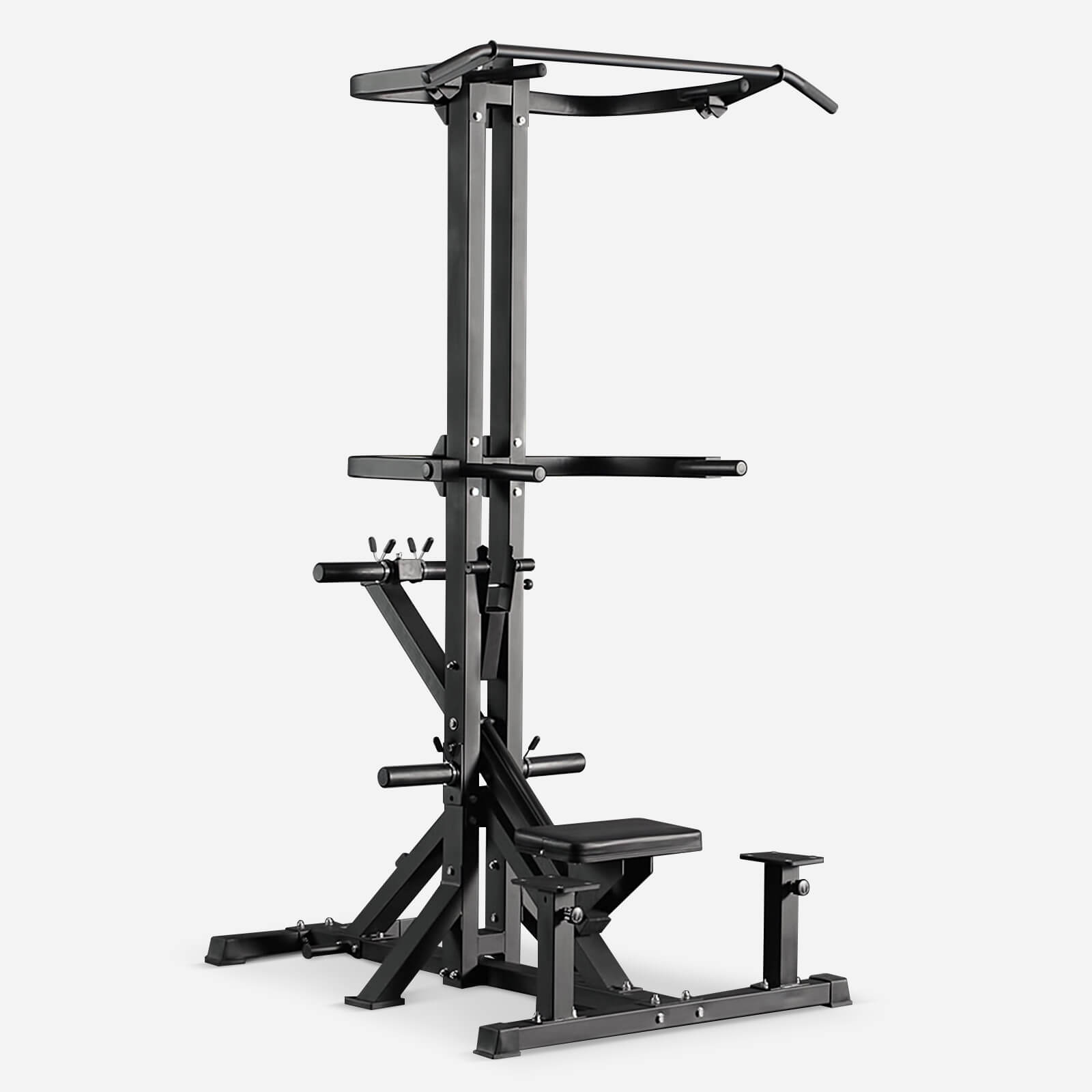

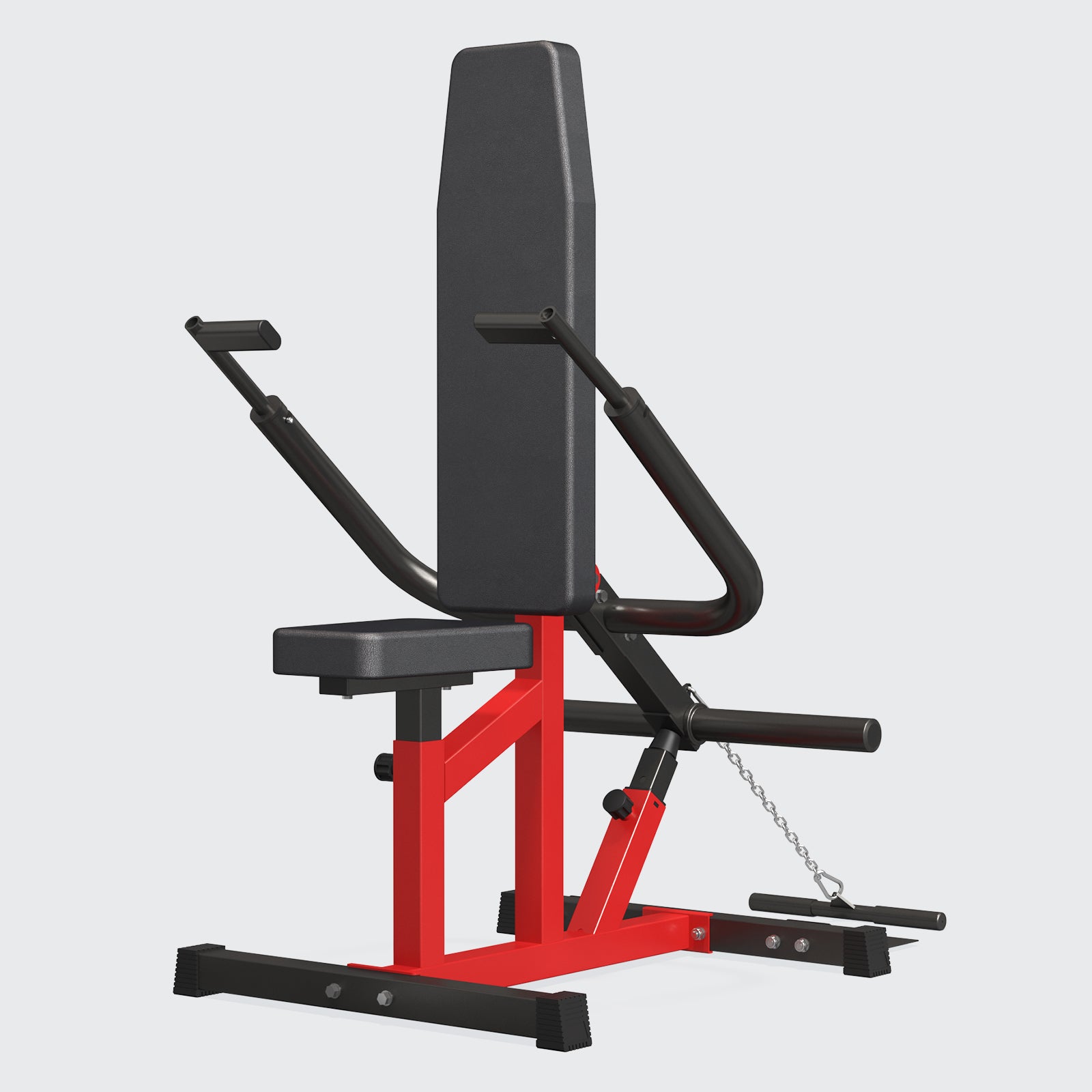
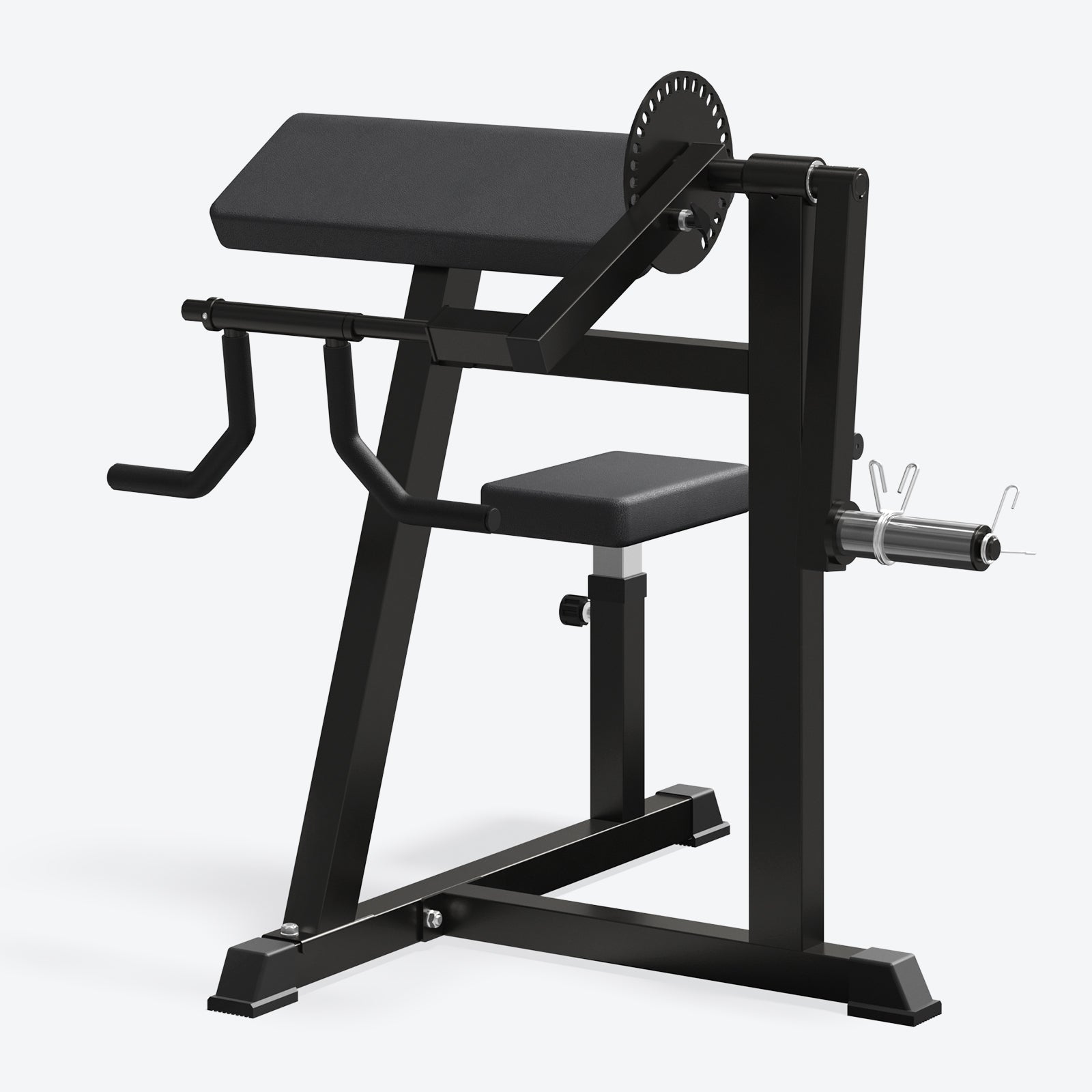
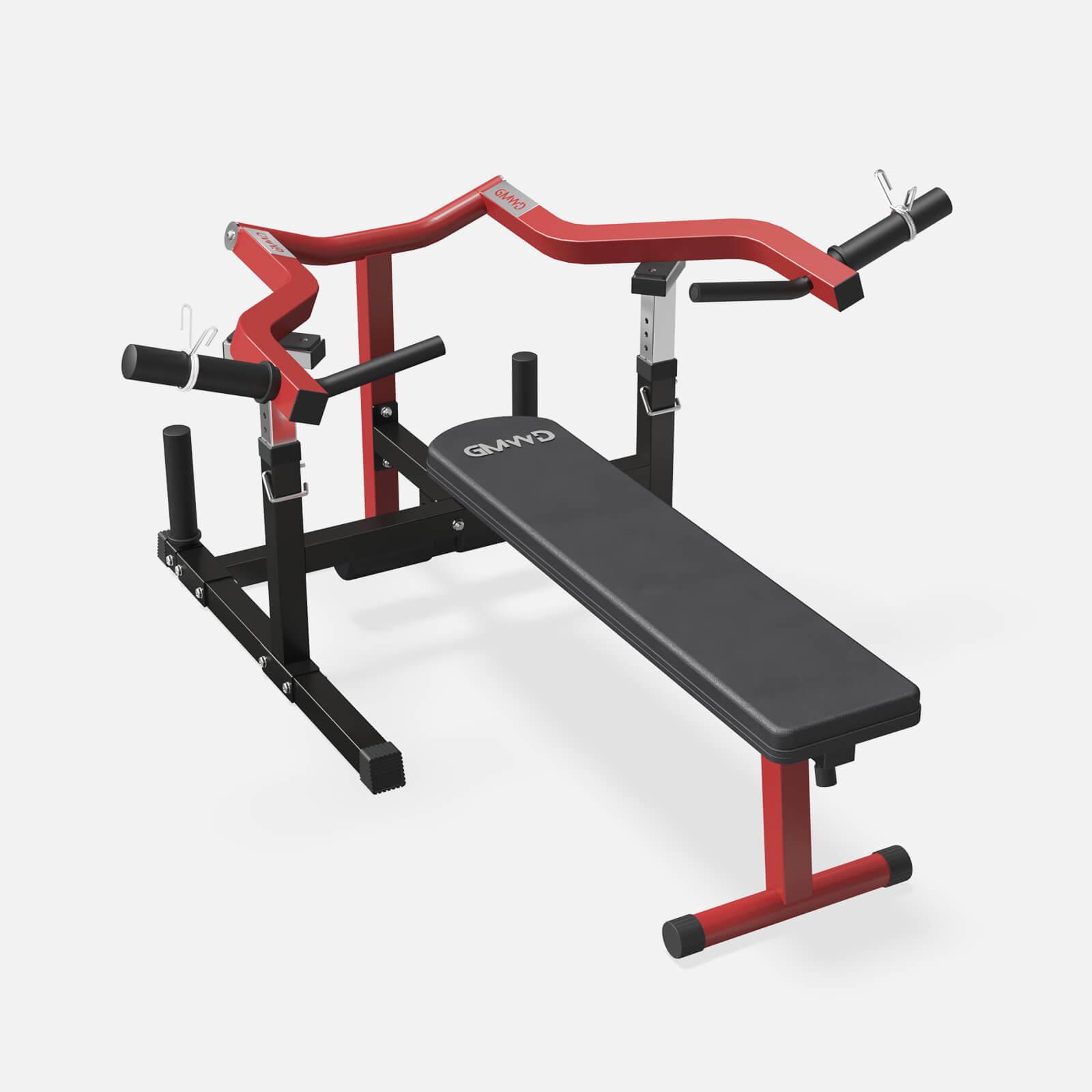
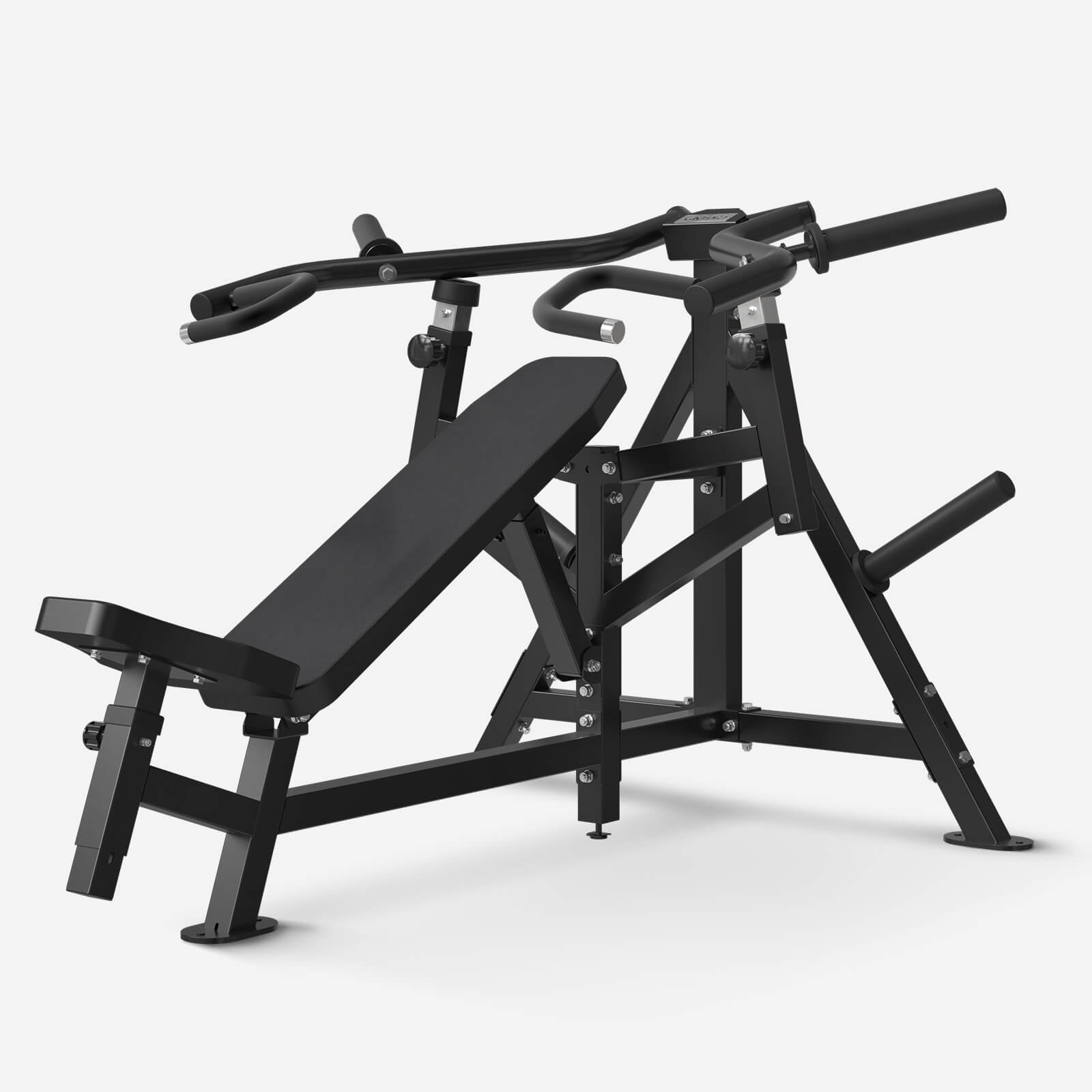
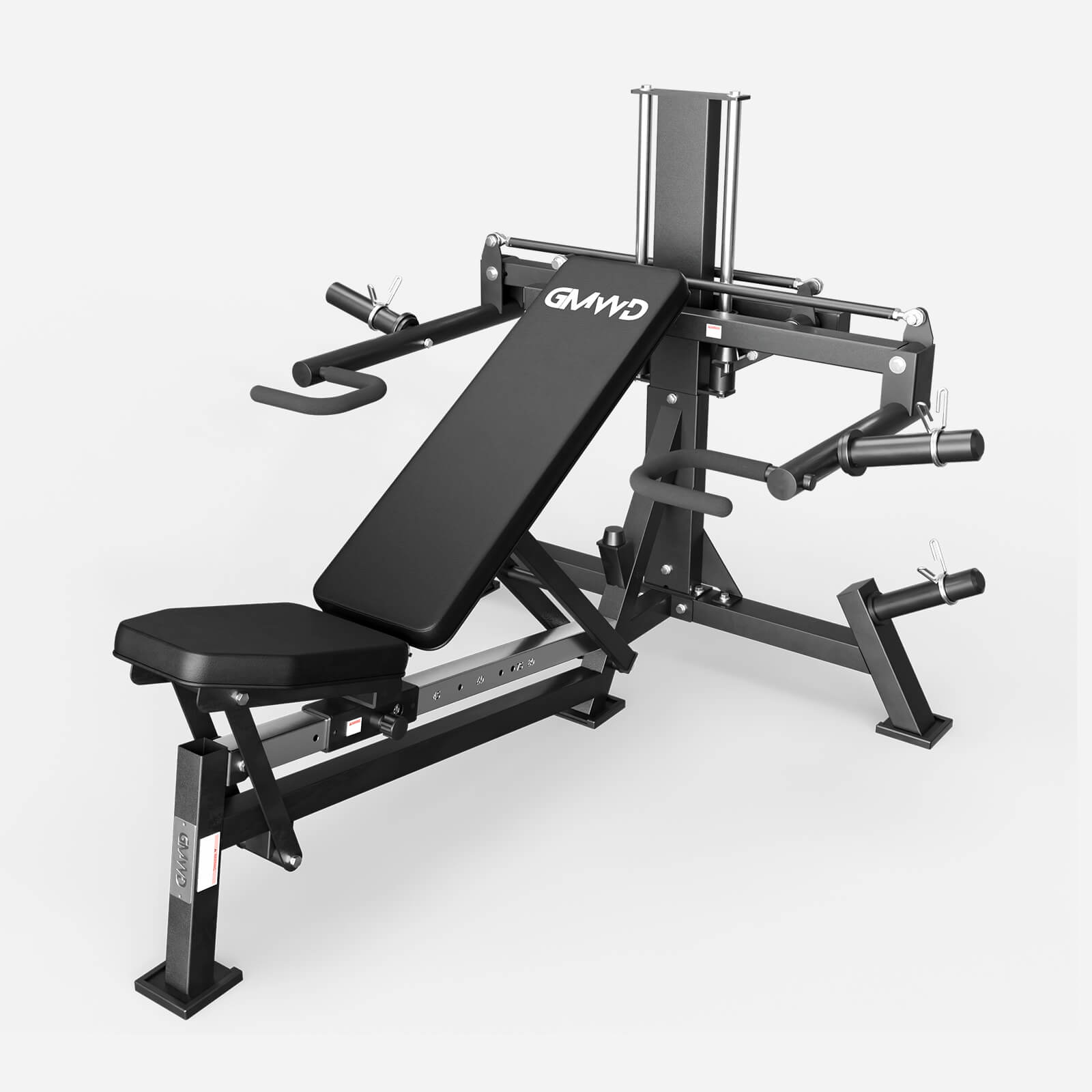
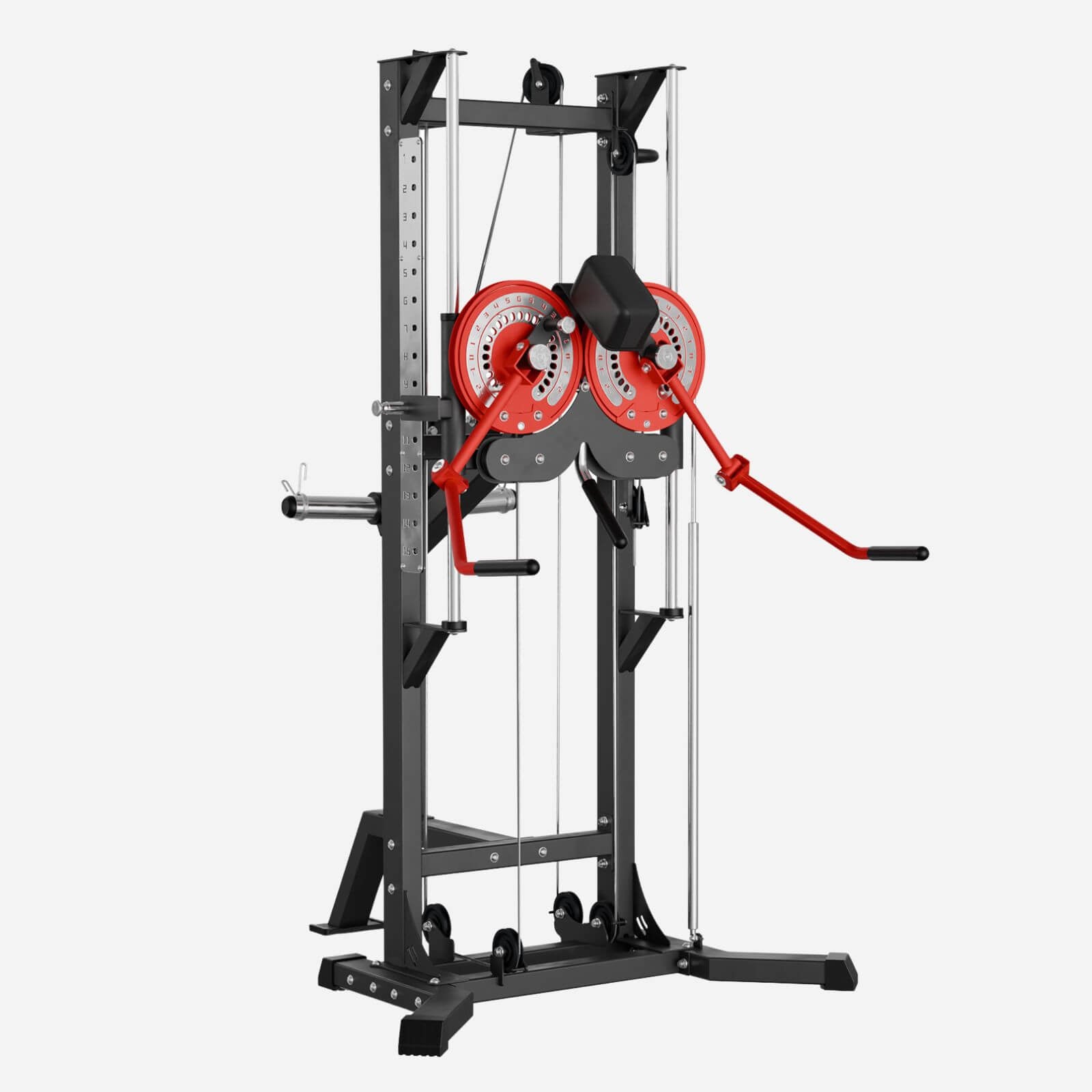
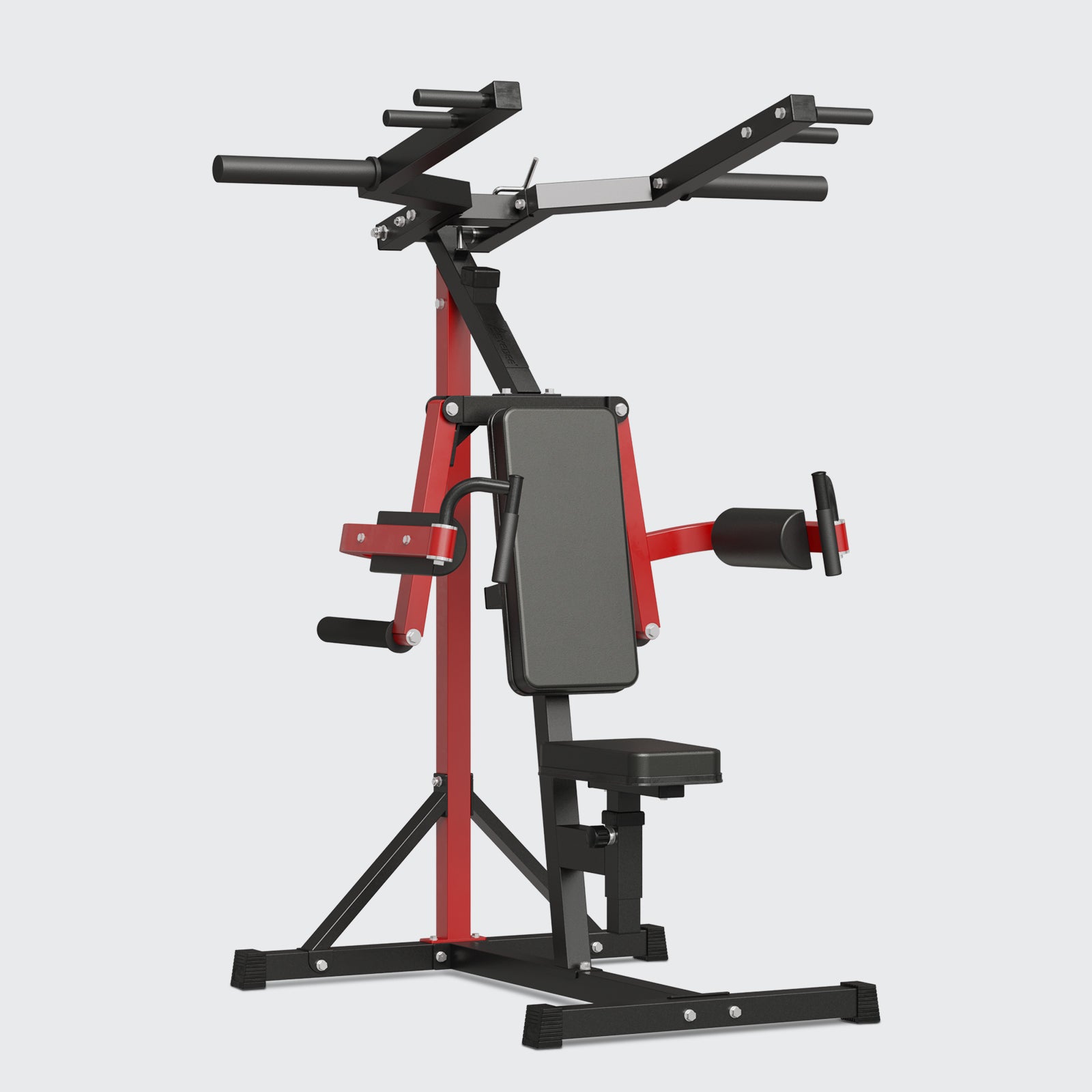
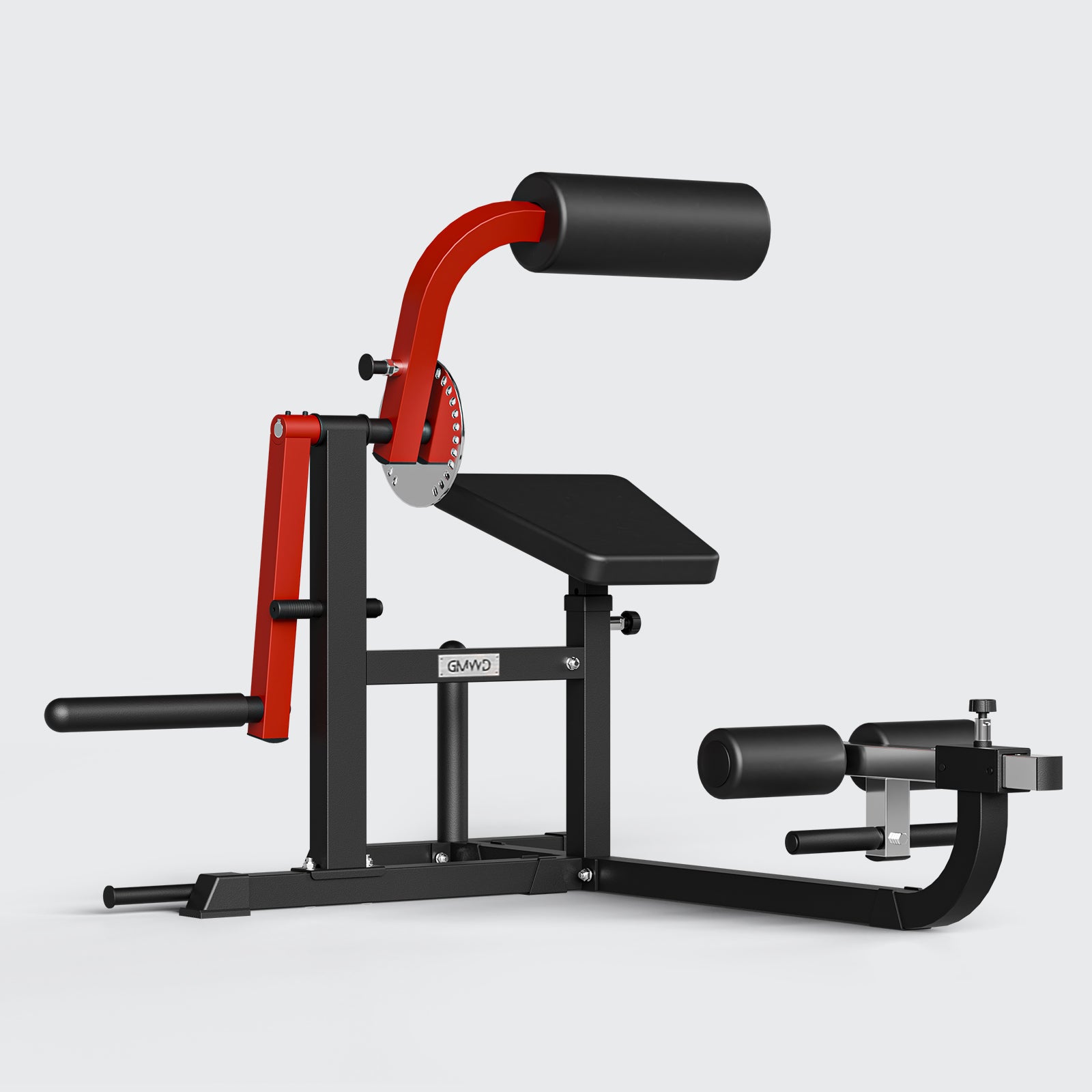
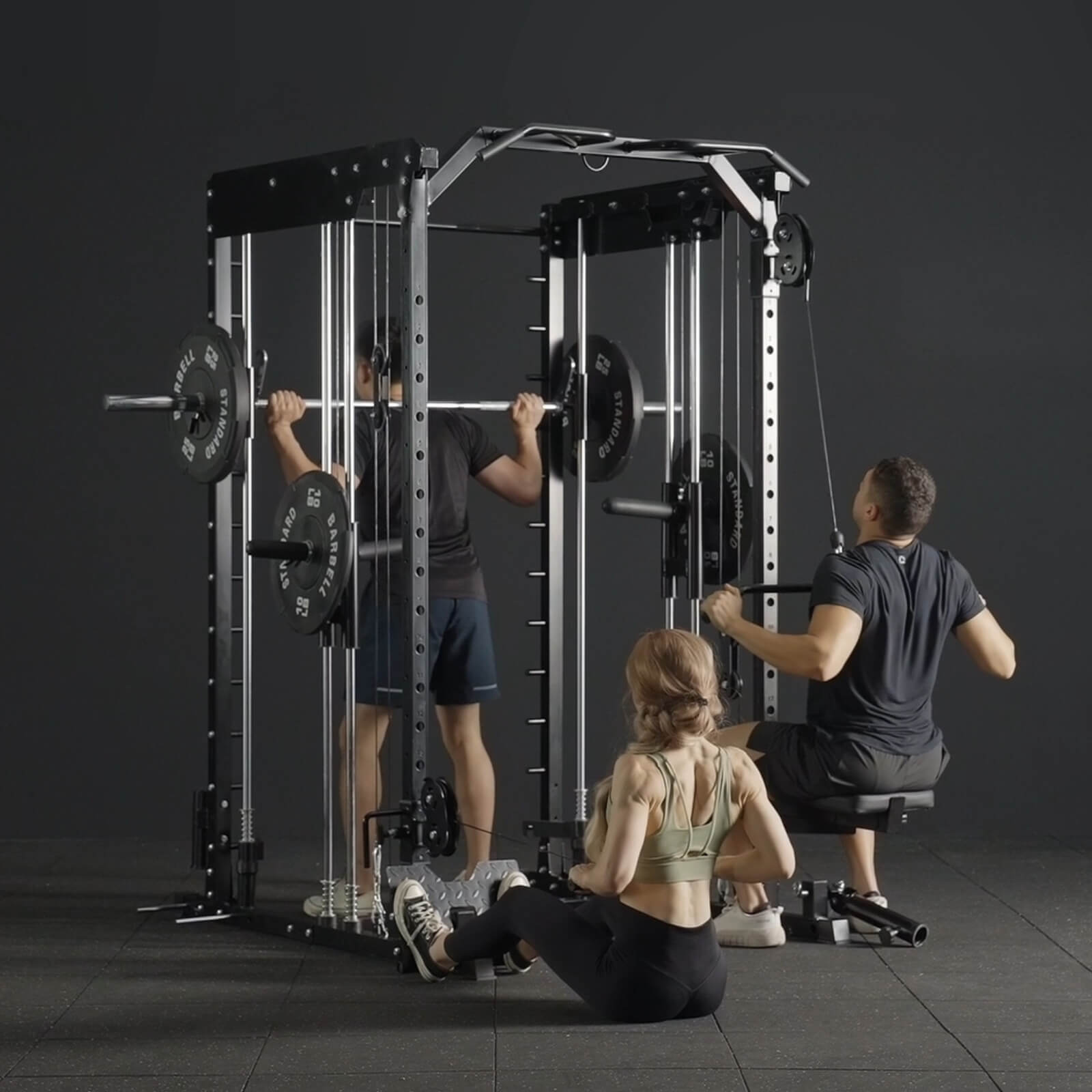
Leave a comment
All comments are moderated before being published.
This site is protected by hCaptcha and the hCaptcha Privacy Policy and Terms of Service apply.